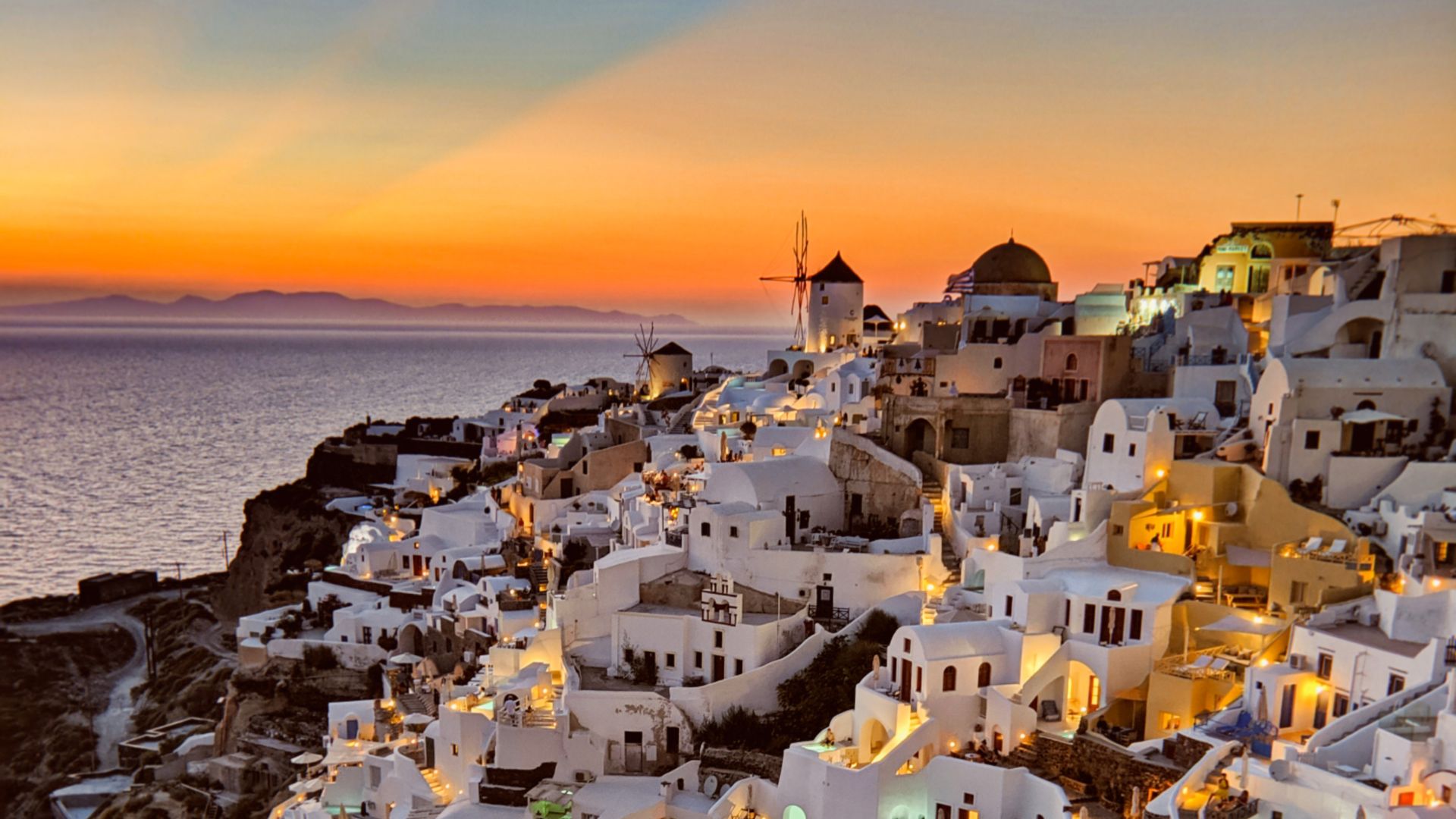Watching the sun set from Panagia Church in Folegandros is a moment that lingers with you long after you leave. The winding stone path from Chora starts off easy, but each step feels heavier with meaning as the church finally comes into view.
Colors shift in the sky every minute, and the Aegean Sea sprawls below. The whole thing becomes more than sightseeing—it almost feels spiritual.
A cool evening breeze sweeps across the hillside, and suddenly, silence takes over except for the wind. A handful of others make the climb too, but everyone seems to share the same quiet awe.
From the top, you get panoramic scenes of the island and sea, especially as the sun slips behind the horizon. If you only have one night in Folegandros, you really ought to spend it here.
I sat outside the church, feeling humbled and amazed by what I saw. It’s not just about the view—it’s the peace and stillness that comes with being up there.
For anyone heading to Folegandros, I’d say climbing to Panagia Church at sunset is a must.

Discovering the Panagia Church in Folegandros
When I first arrived in Folegandros, the Church of Panagia stood high above the town, promising a peek into both the history and soul of the island. My journey here mixed ancient traditions, striking architecture, and the deep faith of locals.
Location and Historical Significance
The Church of Panagia sits on a hill above Chora, the main town. I followed a zigzag path of white stone steps starting at Pounda Square in the heart of town.
The walk up took about 15 minutes. With every step, the Aegean Sea stretched wider below me.
They built the church on the site of an ancient temple, tying modern Folegandros to its ancient Greek roots. For centuries, this spot has watched over the island as a place of worship and protection.
As I climbed, I paused often—not just for the view, but to imagine generations making this same journey, especially during festivals.
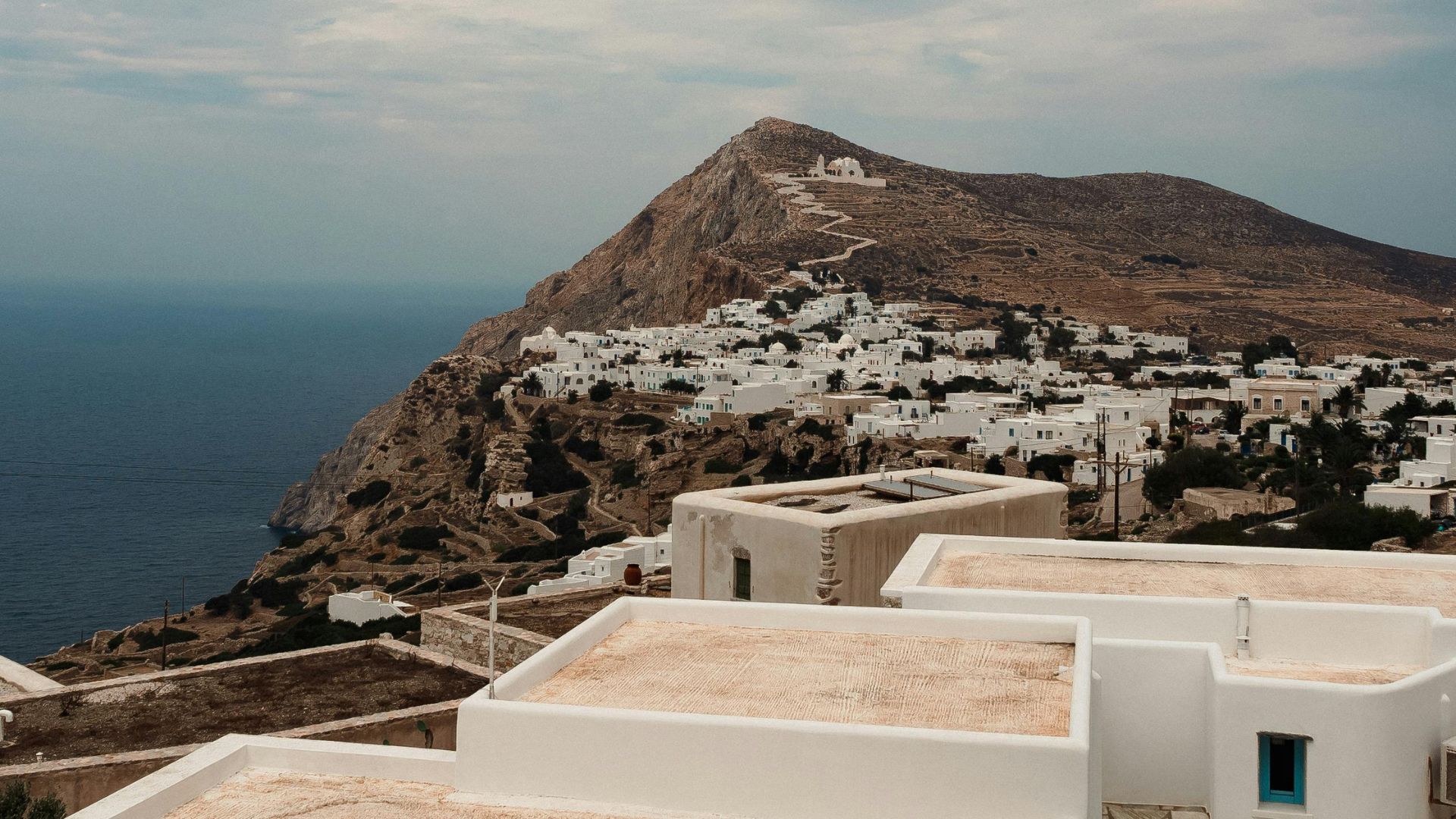
Architectural Beauty and Byzantine Heritage
The first thing that caught my eye was the classic Cycladic style—whitewashed walls, smooth curves, and a simple bell tower. Sunlight bounced off the marble steps, making the way toward the entrance almost glow in the late afternoon.
The church dates back to the Byzantine era. Even after restorations, its original spirit still lingers.
Inside, old icons and carvings tell stories of faith and devotion. The building mixes touches from both ancient and medieval periods, showing how local builders blended styles across time.
Looking up at the domed roof, I felt a wave of tranquility. The church isn’t grand by city standards, but its quiet beauty fits this rugged corner of the Cyclades perfectly.
The Role of Panagia Church in Local Customs
All year, the Church of Panagia plays a huge part in Folegandros’ traditions. Locals still make pilgrimages here, especially for big religious festivals.
On August 15th, the island gathers to honor the Virgin Mary with processions, prayers, and music echoing through the hillsides.
Weddings, baptisms, and major life events often bring villagers together at this church. Being there at sunset felt like seeing living history.
I listened to stories from town elders who remembered childhood festivals and feasts. The church keeps people connected to both their faith and their shared island heritage.
In Folegandros, Panagia Church isn’t just a landmark—it’s the heartbeat of traditions that go way back and still shape daily life.
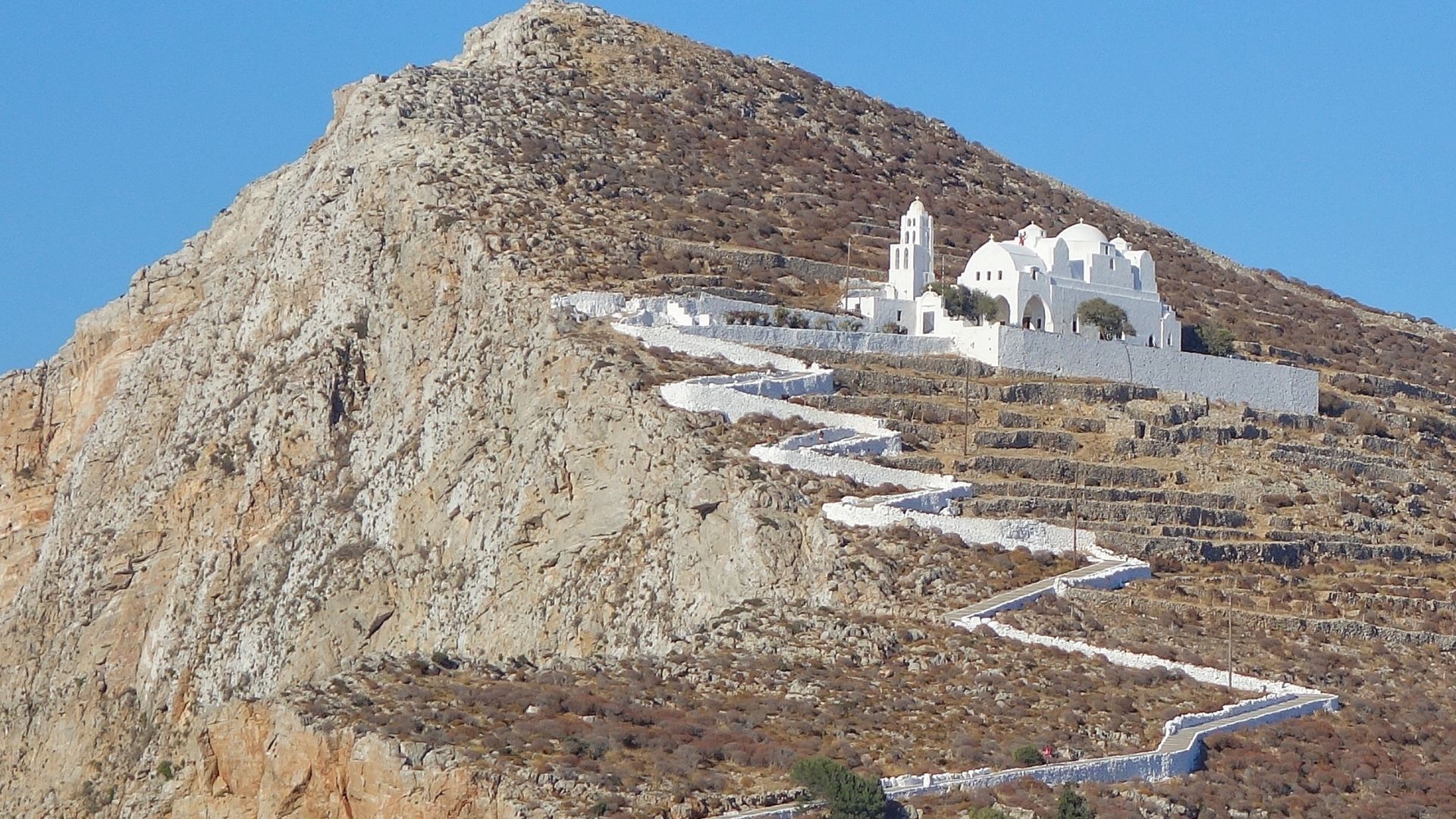
The Spiritual Climb: Journey to the Summit
Climbing up to Panagia Church in Folegandros means more than just reaching a building. The walk mixes exercise with a sense of connection to the island’s history and wild beauty.
Each step gave me a new perspective on the Cyclades and, honestly, on myself.
Preparing for the Ascent
Before heading up, I checked the weather and made sure to wear comfortable shoes. The walk takes 15 to 20 minutes, mostly uphill, so I grabbed a water bottle and wore a hat. Even late afternoons can get warm here, so light clothes and sunscreen helped.
I thought about health and safety, since the stone path gets uneven in spots. I packed a tiny first aid kit and let someone know my plans—always smart for solo travelers in Greece.
Climbing before sunset meant cooler air and a chance to reach the top as the sky started to change. I also brushed up on local customs. Dressing respectfully matters here, since the church is a spiritual site.

Walking the Zigzag Path
The journey started at Pounda Square in Chora. Soon, I found myself on a stone path weaving up the hillside in sharp zigzags.
This old trail gives the church its special feeling. The steps aren’t hard, but you have to watch your footing—sometimes the stones get slippery.
Along the way, I could see Folegandros’ whitewashed houses spread out below. The blue of the Aegean Sea got wider and brighter as I climbed.
Locals and visitors passed by, some quiet and thoughtful, others chatting. There was a gentle hum of voices.
Short walls lined parts of the path, and wild herbs like thyme and oregano filled the air with their scent.
A few benches let me catch my breath and soak in the view. Up here, the island’s silence felt different from the lively streets below.
Sunlight shifted on the water, making each pause feel earned. As I neared the top, the church’s white walls finally appeared, shining against the blue of sky and sea.
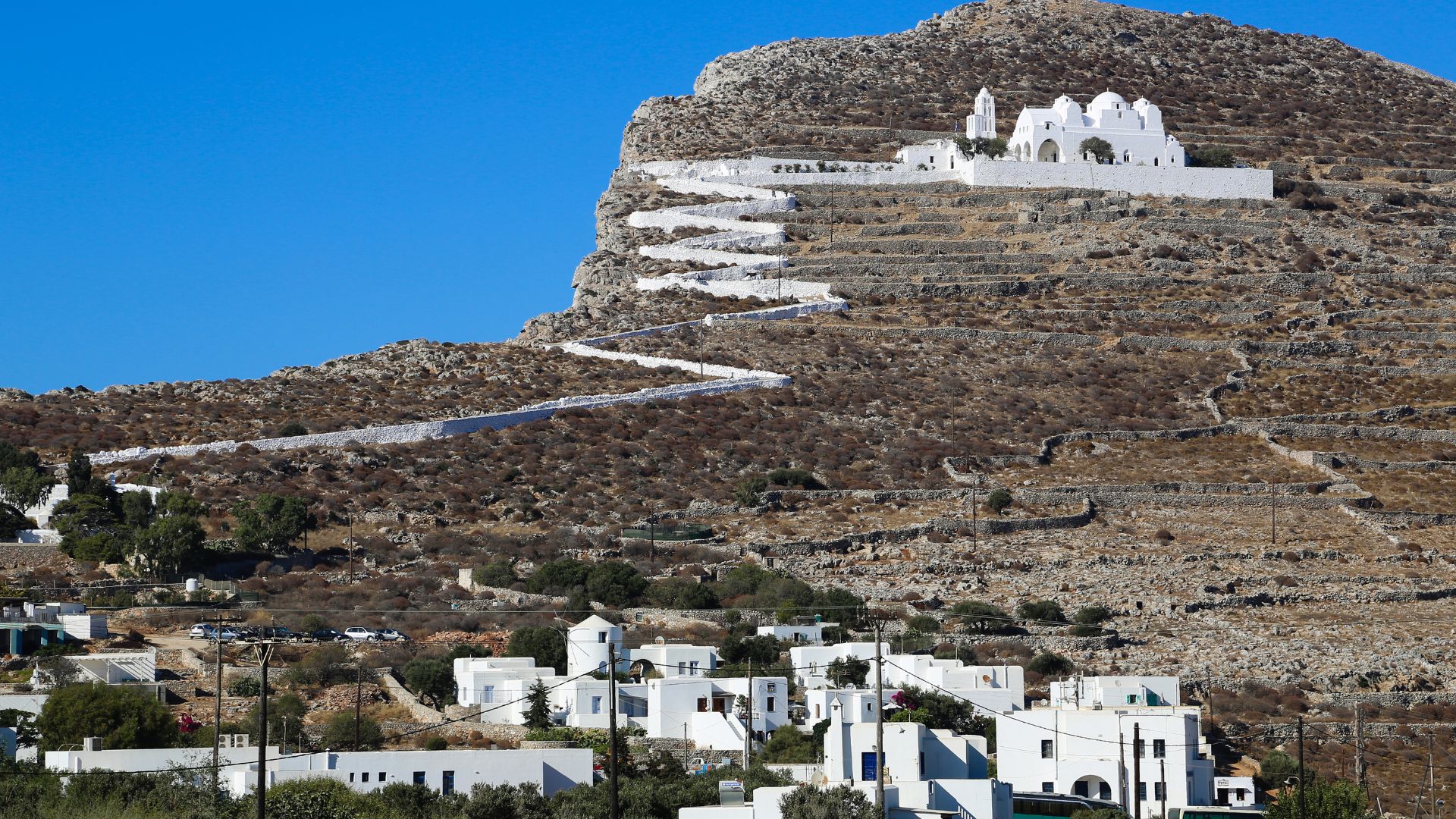
Reflections Along the Way
Step by step, the climb turned into something more than physical. Passing ancient stones and looking out over a landscape shaped by centuries, I felt a deeper connection to Folegandros and the Cyclades.
The walk gave me space to reflect, both on the island’s past and my own thoughts.
The church marks the Assumption of the Virgin Mary, a big deal in Greek tradition. Locals make this climb during festivals or to seek quiet moments.
As I got closer, the silence grew, making room for personal reflection and spiritual calm. That peace is something you just don’t find in Greece’s busier corners.
For me, it’s not only the view that sticks. The climb itself reminds me to slow down, notice things, and carry that quiet home, wherever I go next.
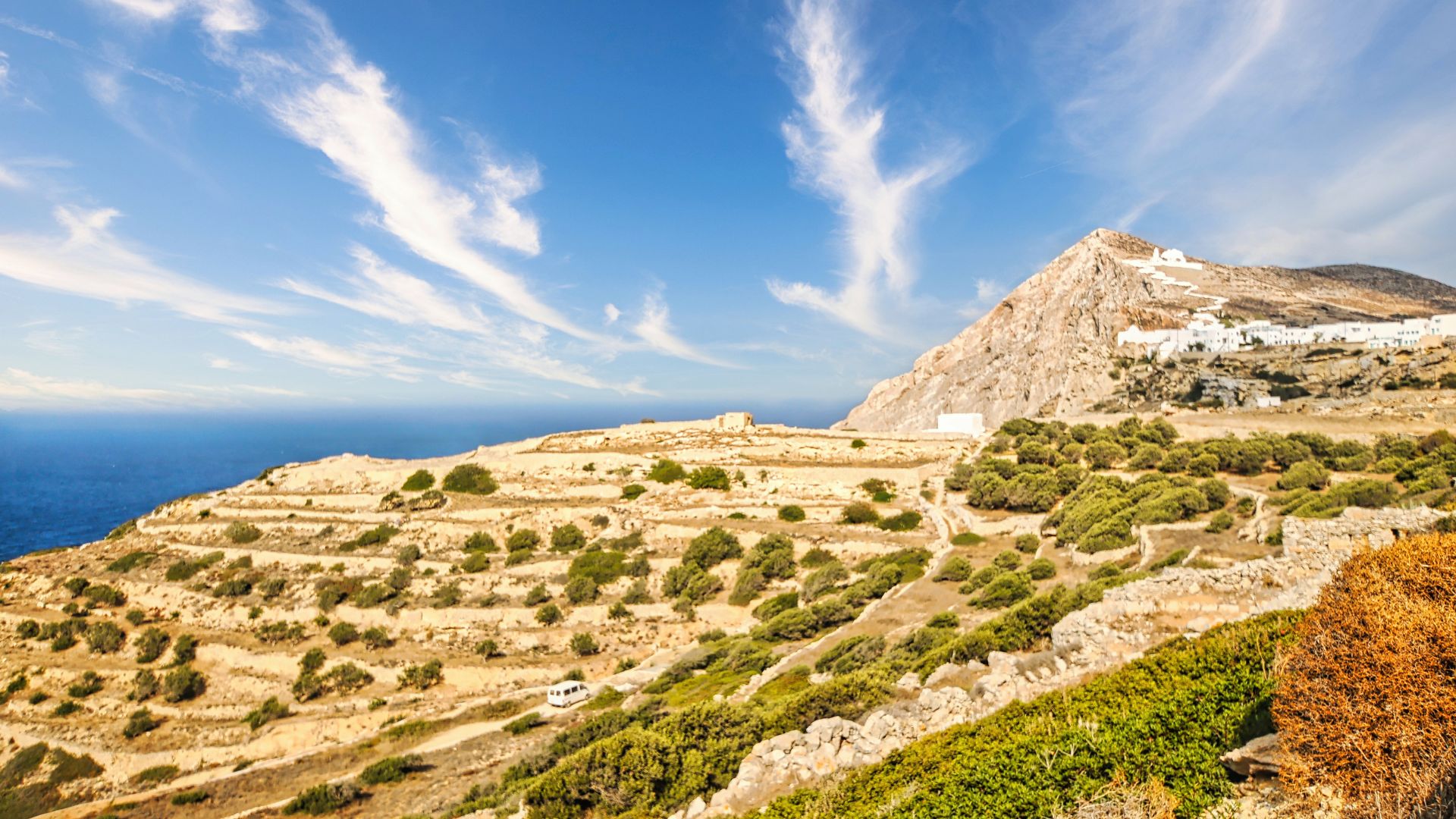
Sunset Views That Touch the Soul
Watching the sunset from Panagia Church in Folegandros isn’t just scenic—it’s an experience blending nature, tradition, and emotion. Every evening, the view over the Aegean Sea from this hillside sanctuary creates a setting that’s hard to find elsewhere in Greece.
Why Panagia Church Offers the Best Sunset in Folegandros
Panagia Church sits high above Chora, a whitewashed landmark you can’t miss. To get there, I followed a zigzag stone path from near Pounda Square.
The quiet climb is part of the magic—just the wind and my footsteps.
At the top, I saw sweeping views of Folegandros and the Cycladic islands around it. The whole island opened up, from rocky hills to tiny beaches below.
No buildings or crowds block the view—just open sky melting into the deep blue Aegean.
What makes this spot special is the peacefulness. It feels like a private moment with nature and the island’s old spirit.
Even as more people gather, a calm silence settles over everyone as the sun starts its slow descent.
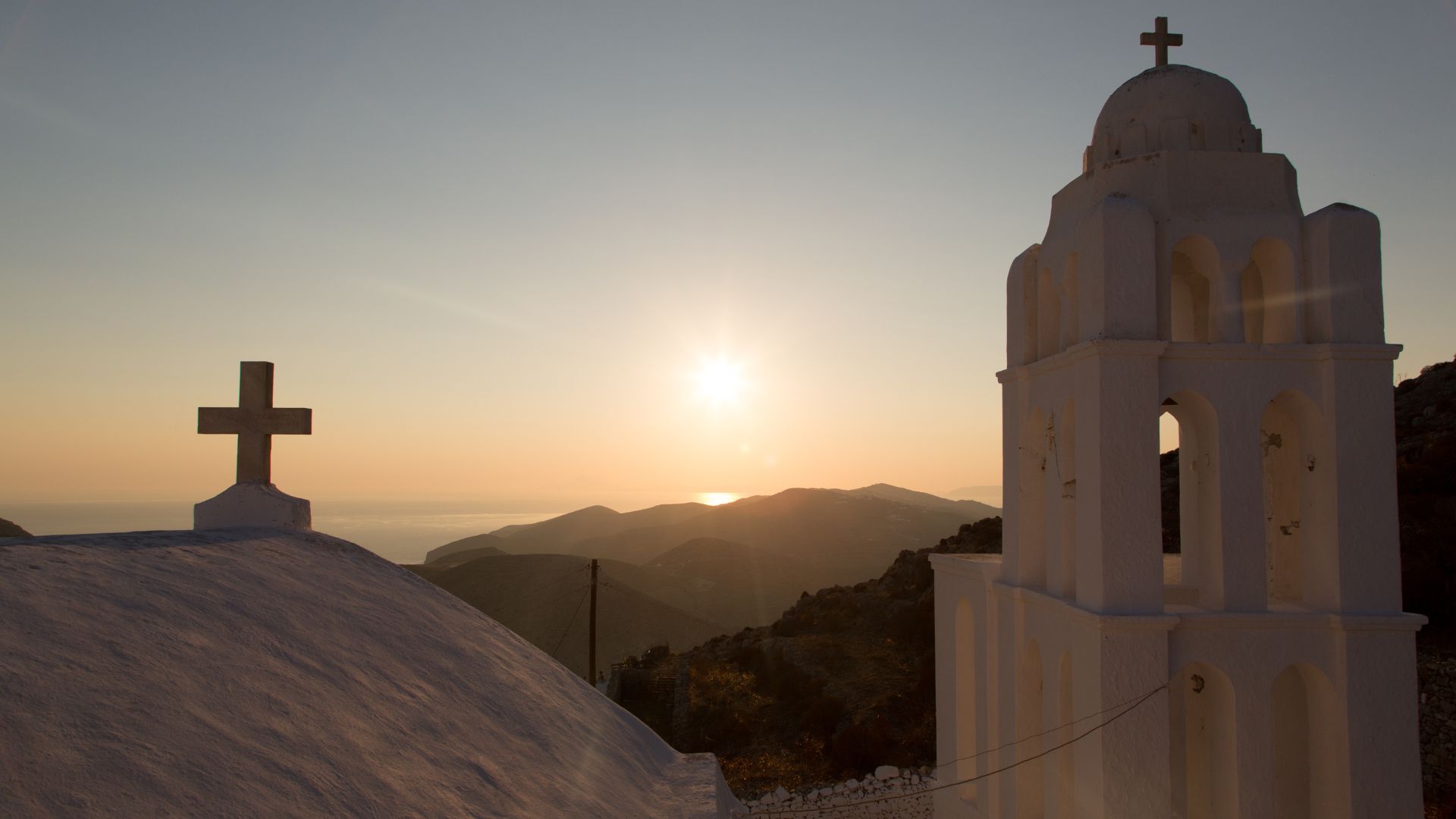
Unforgettable Colors Over the Aegean Sea
When the sun nears the horizon, the show really begins. The white church glows gold in the fading light, and the sea below shifts from blue to orange and pink.
Each evening looks different, but the sunset always fills the sky with colors you won’t forget.
From my spot on the old stone terrace, the islands turned into dark shapes against a wild sky. I watched ferries move between far-off Greek islands, their trails catching the last sunlight.
Colors changed fast—deep purples, soft pastels, and a final burst of red before dusk.
Tip: Bring a camera and come early for a good spot, but honestly, be ready to put the camera down. No photo can really capture the colors that wash over the Aegean from here.

Personal Moments at Dusk
For me, sunset at Panagia Church is about more than the view—it’s a time to reflect. I brought a small bottle of local wine and shared quiet moments with travelers I’d just met.
Conversation faded as we all watched the show unfold on the horizon. It felt like a local tradition—simple, welcoming, and full of meaning.
Strangers smiled at each other as the last rays painted the church walls. The only sounds were the wind and, once in a while, the soft ring of church bells.
That moment at dusk connected me not just to Folegandros, but to the whole spirit of the Cyclades. If you’re visiting the Greek islands, save an evening for this peaceful experience above Chora. The memory sticks with you, long after the colors fade.
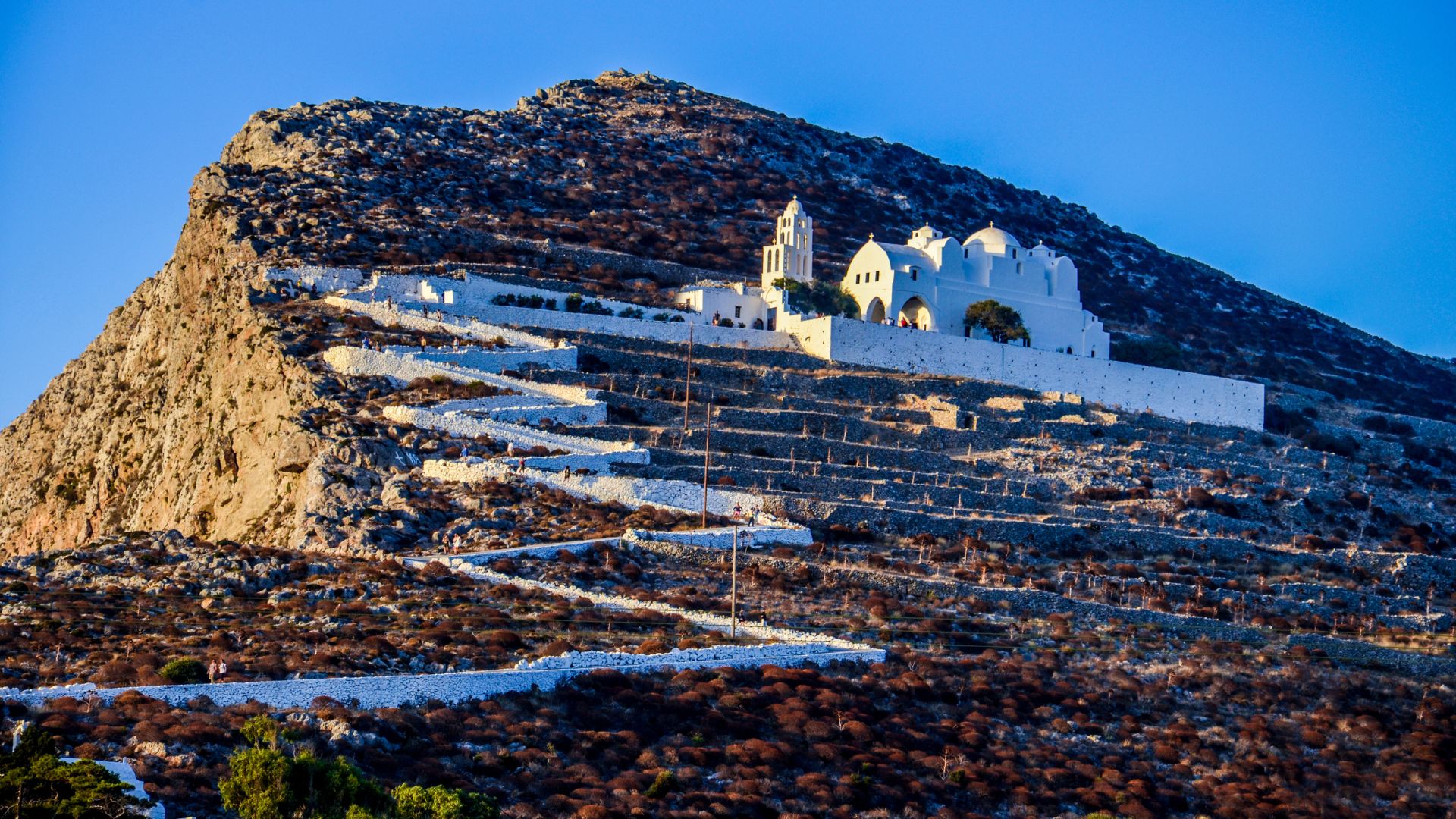
Cultural and Culinary Gems of Folegandros
Folegandros stands out not just for its sunsets but for its vibrant traditions and distinctive Cycladic flavors. Exploring this island, I found the local customs, food, and dining spots all feel deeply connected to its unique Greek Island identity.
Local Traditions and Festivities
Walking through Chora, the heart of Folegandros, I noticed how proud locals are of their heritage. Festivals tied to Greek Orthodox traditions fill the island’s calendar, especially in summer.
The Feast of Panagia, every August 15th, is the biggest celebration and centers around the Church of Panagia.
Villagers carry the icon of the Virgin Mary through narrow whitewashed streets. Tourists and locals join in with singing, prayers, and sharing homemade wine or sweets.
Even outside festival times, there’s beauty in the daily customs—old men playing tavli (backgammon) at the kafenio, families cooking together, and kids laughing in the squares.
That sense of community is what really struck me during my visit.
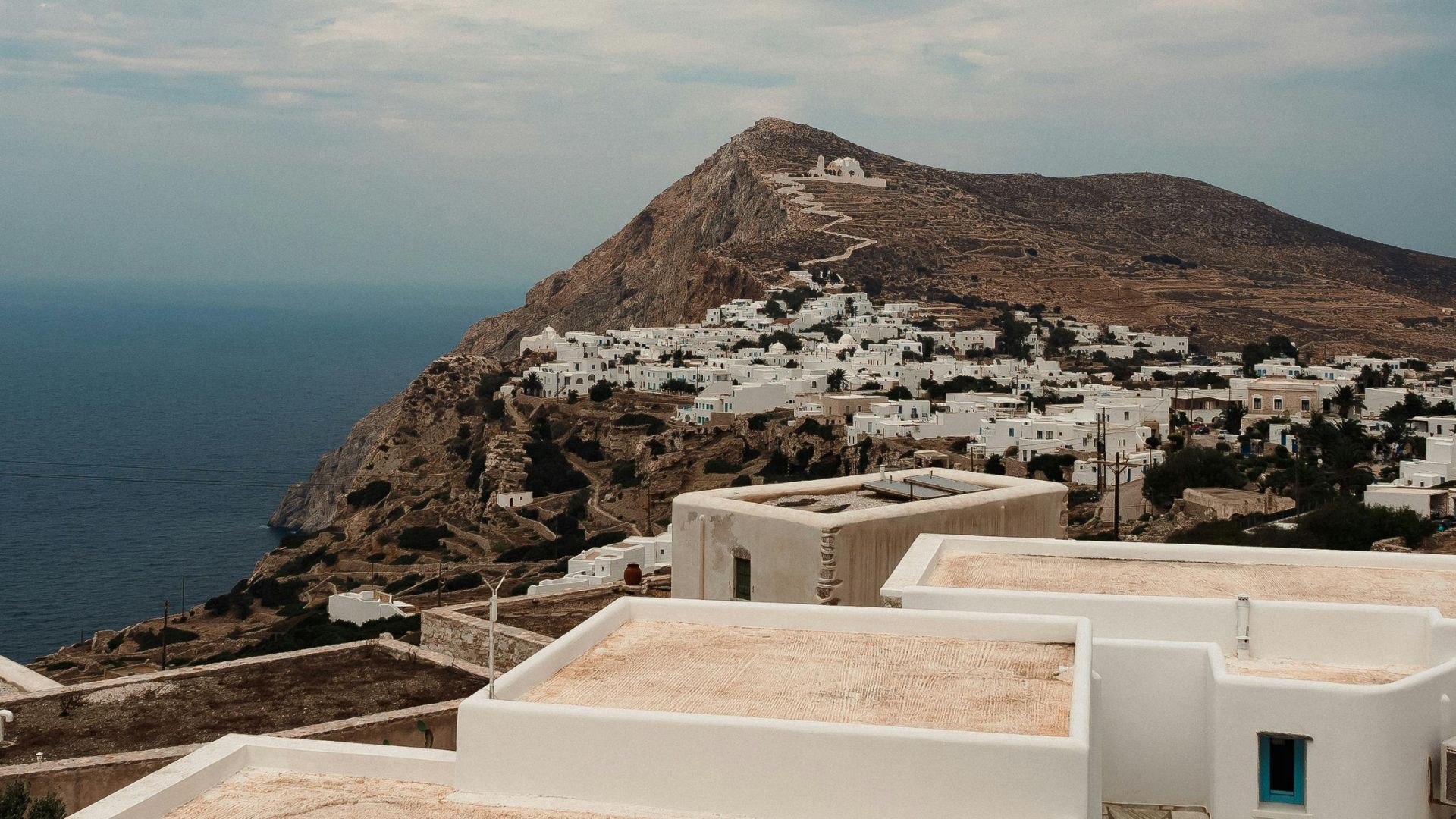
Exploring Greek Island Cuisine
Every meal I had in Folegandros turned into an adventure for my taste buds. The island’s cuisine borrows from classic Cycladic recipes, using local ingredients like capers, tomatoes, and wild greens.
Most mornings, I grabbed a slice of ladenia, a savory olive oil bread topped with tomato and onion. The cheeses—especially souroto and manoura—always tasted fresh and creamy.
Lunches and dinners usually meant grilled or baked seafood, hearty chickpea soups, and dishes made from goat or rabbit. The local honey stands out—often drizzled over thick Greek yogurt.
Trying homemade wine and rakomelo (that honey-infused spirit) with locals became a highlight. Sharing a meal here isn’t just about the food; it’s about swapping stories and making new friends.
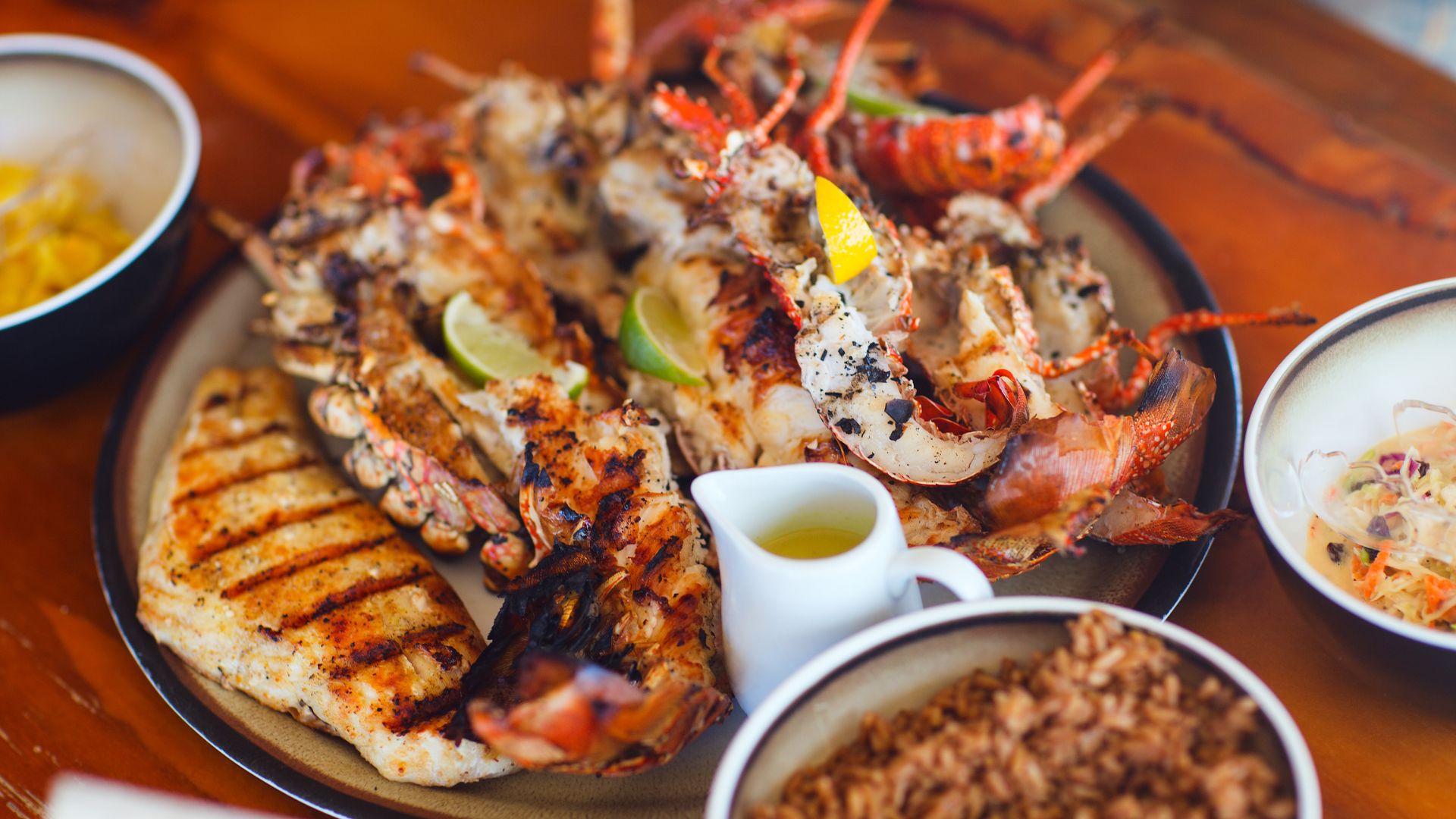

Handpicked Best Restaurants
After eating my way around Folegandros, a few spots really stuck with me. To Zimaraki in Chora serves up handmade pasta and traditional dishes.
The family-run Pounda has a cozy terrace and home-style Greek favorites. If you go, don’t skip the baked lamb or the island salads.
Irini’s bakery? Hands down the best desserts—especially the honey-soaked melopita pies.
| Restaurant | Specialty | Location |
|---|---|---|
| To Zimaraki | Handmade pasta, Greek | Chora |
| Pounda | Baked lamb, island salad | Chora |
| Irini’s | Melopita, pastries | Chora |
I always try to reserve a table at sunset if I can. Dining here, whether in a lively square or tucked away on a quiet side street, feels like a celebration of simple, authentic Cycladic life.
Planning Your Visit to Folegandros and Beyond
Traveling to Folegandros means you’ll discover more than just a pretty sunset. Getting there, picking the right spot to stay, figuring out when to go, and exploring the nearby Cyclades all make the trip richer.
How to Get to Folegandros
Folegandros doesn’t have its own airport, which definitely keeps things quieter. I got there by ferry, like most people do.
Ferries leave from Piraeus Port in Athens and from nearby islands like Santorini, Milos, Naxos, and Mykonos. You’ll find the most frequent and reliable connections from Santorini, especially in summer.
Depending on your route and the type of ferry, the trip can take anywhere from 40 minutes (from Santorini) to 4 hours (from Athens). I always check timetables ahead of time—especially if I want to catch an early sunset at Panagia Church.
Booking tickets online in advance saved me stress and snagged me better seats during peak season.
I’ve noticed that SeaJets and Blue Star lines usually run on time and feel comfortable. If you’re coming from other Cycladic islands or even the Dodecanese, you might need to change ferries, so leave a little extra time just in case.

Where to Stay: Top Hotels and Unique Stays
Folegandros has a range of places to stay, but I think booking close to Chora, the main town, is best. The island isn’t huge, but being near Chora means sunset at Panagia Church is always within reach.
My favorite part about staying here? Wandering back down after sunset through narrow stone streets lined with bougainvillea.
Here are some of my top hotel picks and unique stays:
| Hotel Name | Type | Why I Recommend It |
|---|---|---|
| Anemi Hotel | Luxury | Modern comforts, sea views, great pool |
| Blue Sand Boutique Hotel | Boutique | Clifftop location, stylish and cozy |
| Chora Resort & Spa | Resort | Short walk to town, lovely pool area |
| Polikandia Hotel | Family-run | Central, friendly owners, great value |
| Traditional guesthouses | Local experience | Historic buildings, authentic feel |
Book early, especially if you’re coming between June and September. Many hotels offer sea views, but honestly, the sense of community in family-run guesthouses made my visit feel special.
Best Time to Experience the Sunset
In my experience, the best sunsets on Folegandros happen from late spring through early autumn. July and August get busy, but May, June, and September have great weather and fewer crowds.
The days stretch long, and the skies usually stay clear—perfect for lingering at the top of the hill outside Panagia Church.
I always try to get there at least 30 minutes before sunset. That way, I can find a good spot and just soak up the atmosphere.
Sunset times change through the year, so it helps to look up the exact time the day before. Evenings can get breezy, so I pack a light jacket just in case. The air cools off fast as the sun drops behind the Aegean Sea.
No matter when I’ve visited, the view from the church feels timeless. The light over Chora and those blue Cycladic domes? Absolutely magical, especially when you’re sharing it with just a handful of locals and fellow travelers.
Island Hopping: From Folegandros to Other Cyclades
I absolutely love island hopping in the Greek islands. Folegandros makes it easy since ferries connect you to nearby Cyclades like Santorini, Milos, Naxos, and Paros.
You can even reach some of the farther Dodecanese islands, though those trips usually take longer and sometimes you’ll need to transfer.
Here’s how my own island-hopping adventure went:
- Arrive in Santorini (fly or ferry)
- Take a ferry to Folegandros (about 40 minutes)
- Explore Folegandros for a few days
- Catch a ferry to Milos, Paros, or Naxos (routes vary day by day)
Ferry schedules can be a bit unpredictable. They don’t run every hour, so you really have to check ahead.
Most ferries leave early in the morning or late in the evening. I always book my tickets before I go, especially when it’s summer and things get busy.
Every island in the Cyclades feels different—Santorini’s sunsets, Milos’ wild beaches, Paros’ charming villages, and Naxos’ ancient ruins and hiking trails.
Sometimes, I just stand on the Panagia Church hilltop and watch the ferries drift by as the sky turns pink. There’s something magical about that view, isn’t there?
